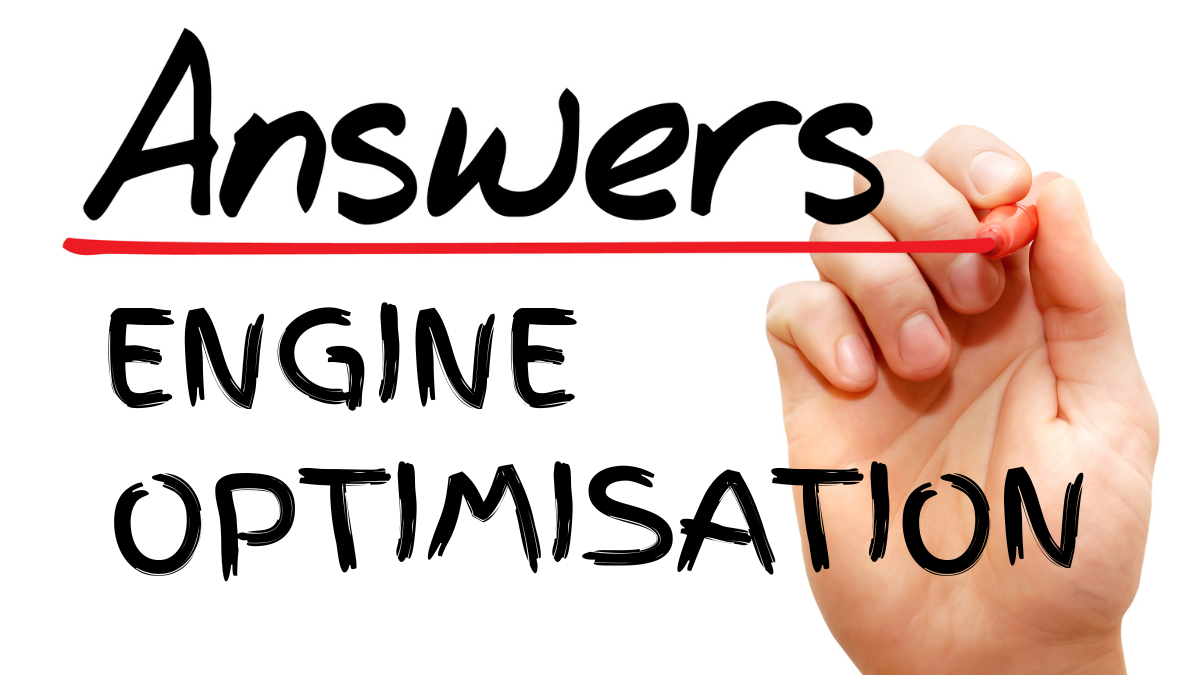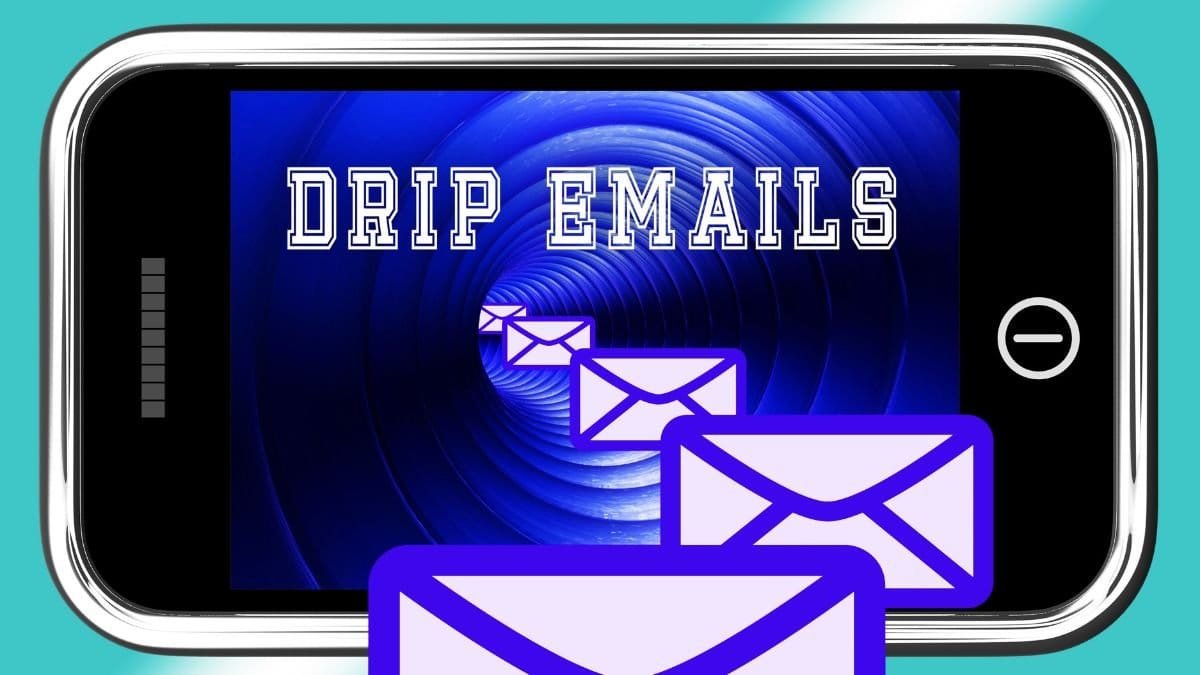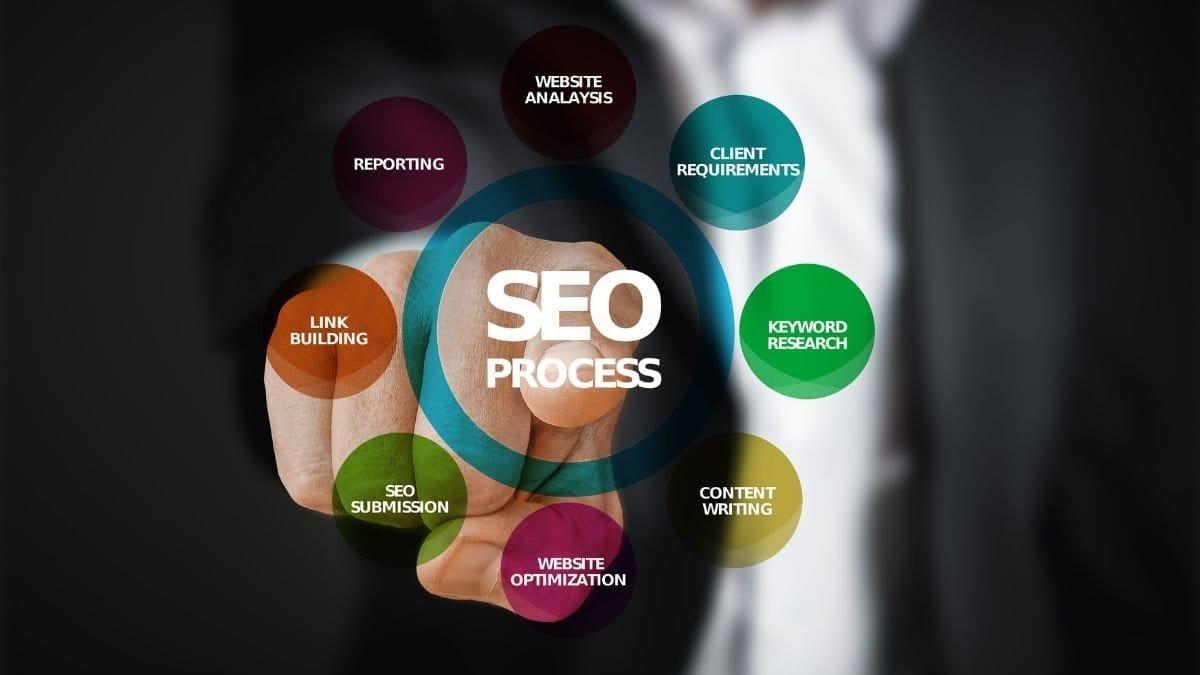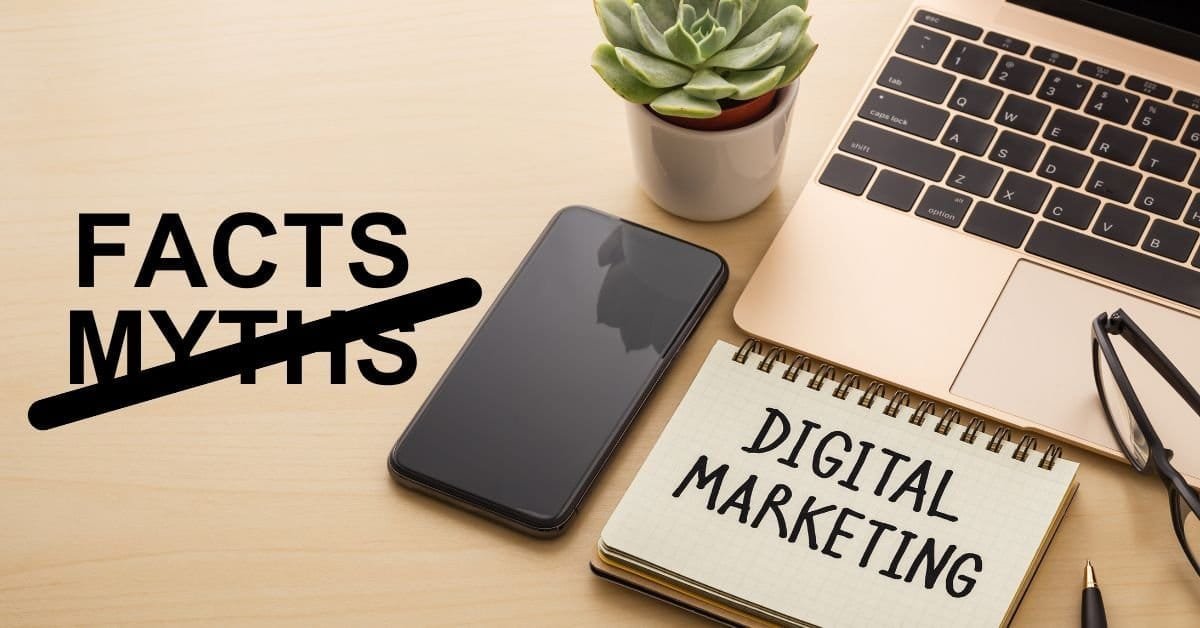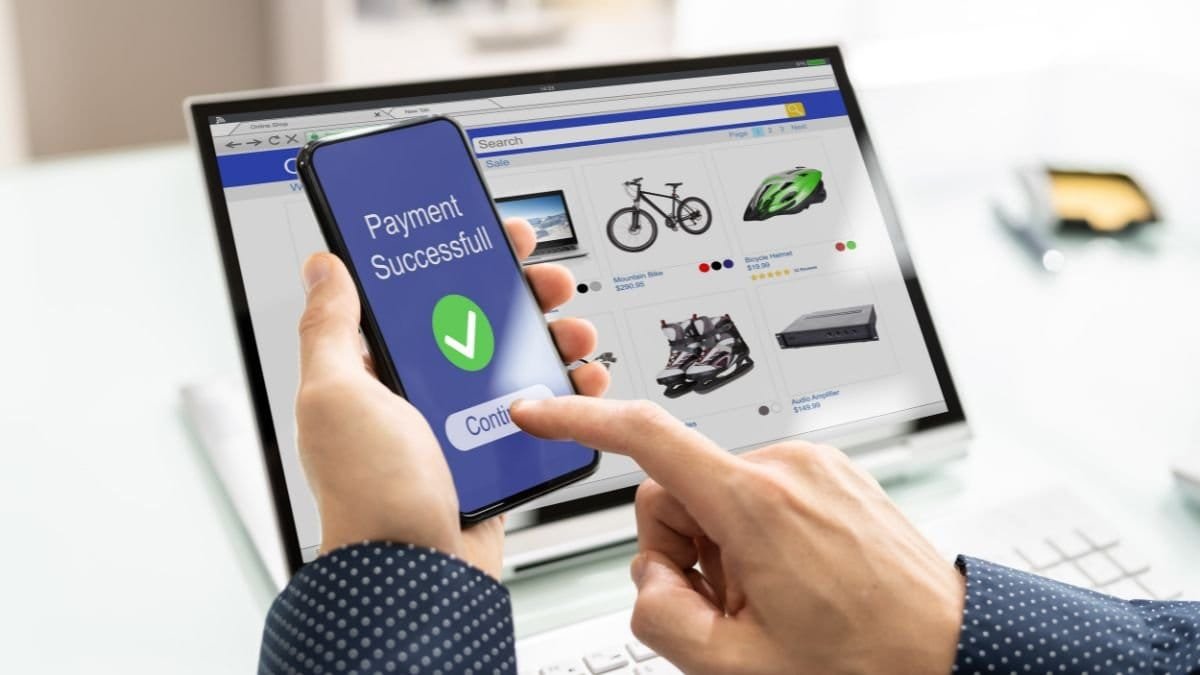
User-generated content (UGC) continues to gain traction as one of the most influential trends in digital marketing. UGC refers to content created by customers or users, such as reviews, social media posts, and videos, rather than content produced by the brand itself. By incorporating UGC into their strategies, businesses can foster trust, enhance authenticity, and engage their audience effectively. In this article, we explore the benefits of UGC and how to integrate it into a robust marketing strategy in 2025.
The Importance of UGC in Digital Marketing
UGC is a powerful tool for building trust and authenticity. Content generated by users provides unbiased insights into a brand’s products or services, making it more relatable to potential customers. Studies show that customers are more likely to trust peer opinions over direct brand messaging. By leveraging UGC, businesses can foster a community around their brand, increase engagement, and drive conversions.
Key Benefits of UGC
Builds Trust: Authentic feedback from real customers resonates more strongly with audiences.
Enhances Brand Credibility: Positive reviews and testimonials reinforce a brand’s reputation.
Drives Engagement: Interactive UGC campaigns encourage customers to actively participate.
Increases Conversions: Social proof from UGC influences purchasing decisions.
How to Effectively Incorporate UGC
1. Utilize Customer Reviews
Customer reviews remain one of the most impactful forms of UGC. According to BrightLocal, 91% of consumers read online reviews, and 84% trust them as much as personal recommendations.
Tips for Leveraging Customer Reviews:
Include a call-to-action on your website encouraging customers to leave reviews.
Send follow-up emails after purchases to request feedback.
Showcase positive reviews prominently on your website and social media platforms.
Use review widgets or badges on your e-commerce site to highlight customer satisfaction.
2. Encourage Social Media Posts
Social media platforms like Instagram, TikTok, and Facebook provide fertile ground for UGC. By motivating customers to share photos or videos of your products, businesses can amplify their reach.
Strategies for Social Media UGC:
Create a branded hashtag to encourage user participation and make posts easier to track.
Host challenges or contests that incentivize users to share content using your hashtag.
Regularly repost customer-created content to your brand’s social accounts.
Share stories that highlight how customers use your product in creative ways.
3. Partner with Influencers
Influencer marketing paired with UGC is a winning combination. Influencers can generate high-quality UGC while promoting your brand to their followers.
How to Maximize UGC from Influencers:
Collaborate with influencers whose values align with your brand.
Encourage influencers to share personal experiences with your product.
Highlight influencer-generated content on your own platforms.
Incentivize followers of influencers to create their own UGC by offering discounts or promotions.
4. Showcase UGC Across Channels
UGC isn’t limited to social media. Integrate it into your broader marketing strategy to maximize impact.
Where to Use UGC:
Website: Feature customer testimonials, reviews, and photos on product pages and landing pages.
Email Marketing: Incorporate UGC into newsletters or promotional emails to personalize messages.
Paid Ads: Use customer photos or quotes in digital advertising campaigns to build credibility.
In-Store Displays: For brick-and-mortar businesses, display customer photos or reviews in-store.

Handling Negative UGC
Not all UGC is positive, and businesses must address negative feedback professionally to maintain a strong reputation.
Best Practices for Managing Negative UGC:
Respond Promptly: Acknowledge concerns quickly to show customers you value their input.
Stay Professional: Maintain a calm and understanding tone, even in the face of criticism.
Offer Solutions: Provide actionable resolutions to customer complaints.
Learn from Feedback: Use constructive criticism to improve products or services.
By addressing negative UGC effectively, businesses can turn potential setbacks into opportunities to demonstrate their commitment to customer satisfaction.
Emerging Trends in UGC for 2025
1. Video-Centric Content
Short-form videos, especially on platforms like TikTok and Instagram Reels, are becoming the dominant format for UGC. Encourage customers to create and share videos showcasing their experiences with your products.
2. AI-Powered UGC Curation
AI tools are now capable of curating, analyzing, and categorizing UGC to identify the most impactful content for marketing campaigns.
3. Interactive UGC
Interactive experiences, such as polls, quizzes, and live Q&A sessions featuring customer questions, are gaining popularity. These formats enhance engagement and provide valuable insights.
4. Blockchain Verification
Blockchain technology is being explored to verify the authenticity of UGC, ensuring transparency and trust in influencer and customer-generated content.
Conclusion
User-generated content is a powerful tool for fostering trust, engagement, and brand loyalty in 2025. By incorporating UGC into your marketing strategy, businesses can build authentic connections with their audience, increase brand visibility, and drive conversions. Encourage reviews, leverage social media, partner with influencers, and showcase UGC across channels to maximize its impact. Remember, effectively managing both positive and negative feedback is key to building a stellar reputation. Embrace the potential of UGC to stay ahead in the dynamic digital marketing landscape.


